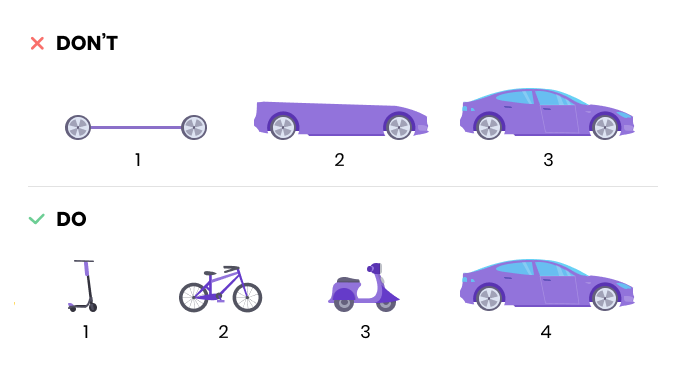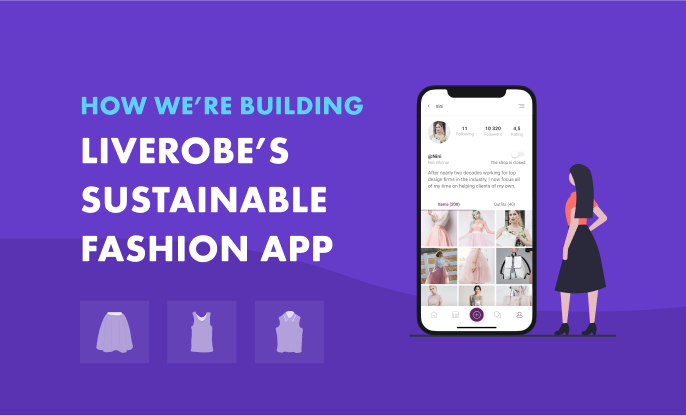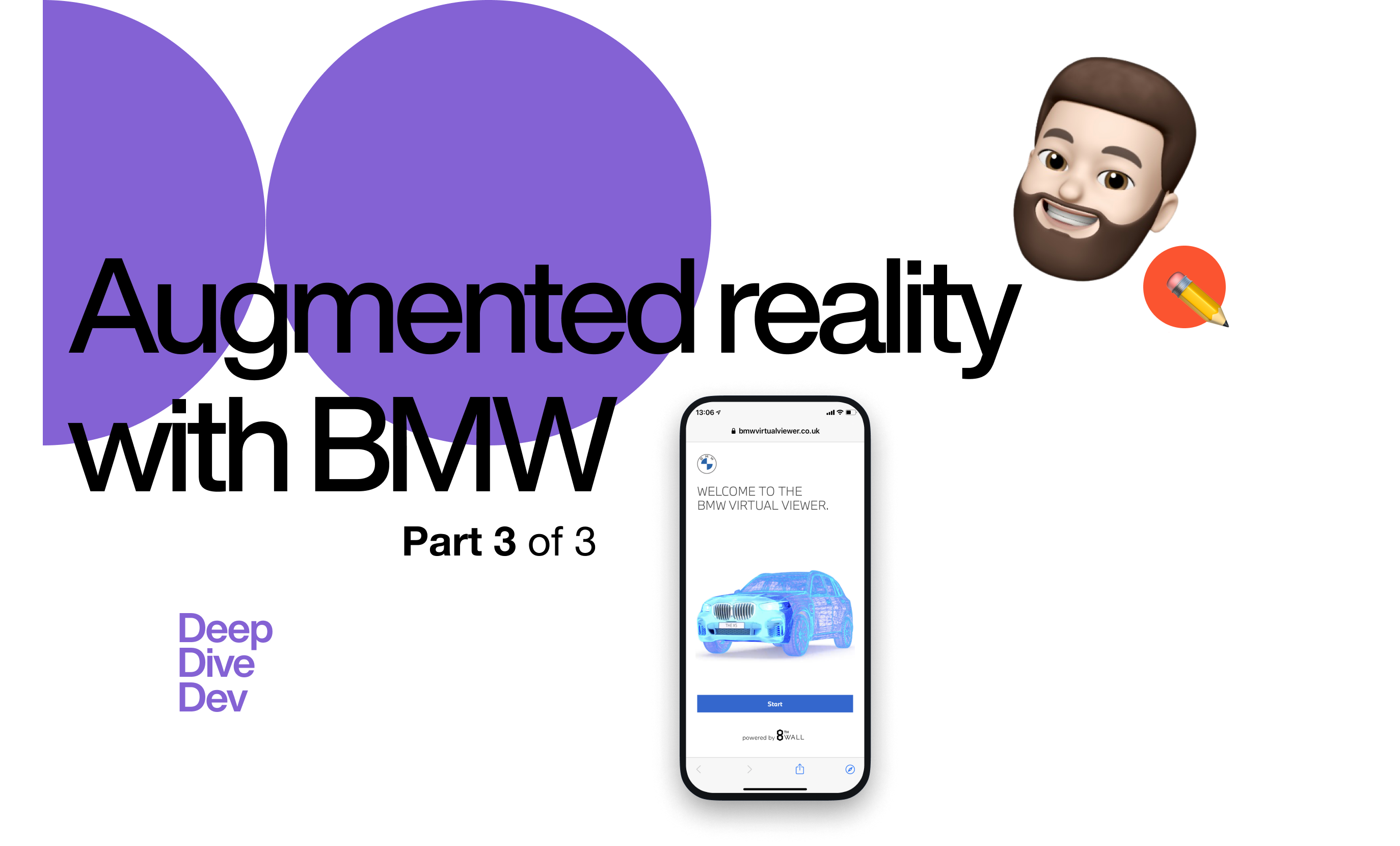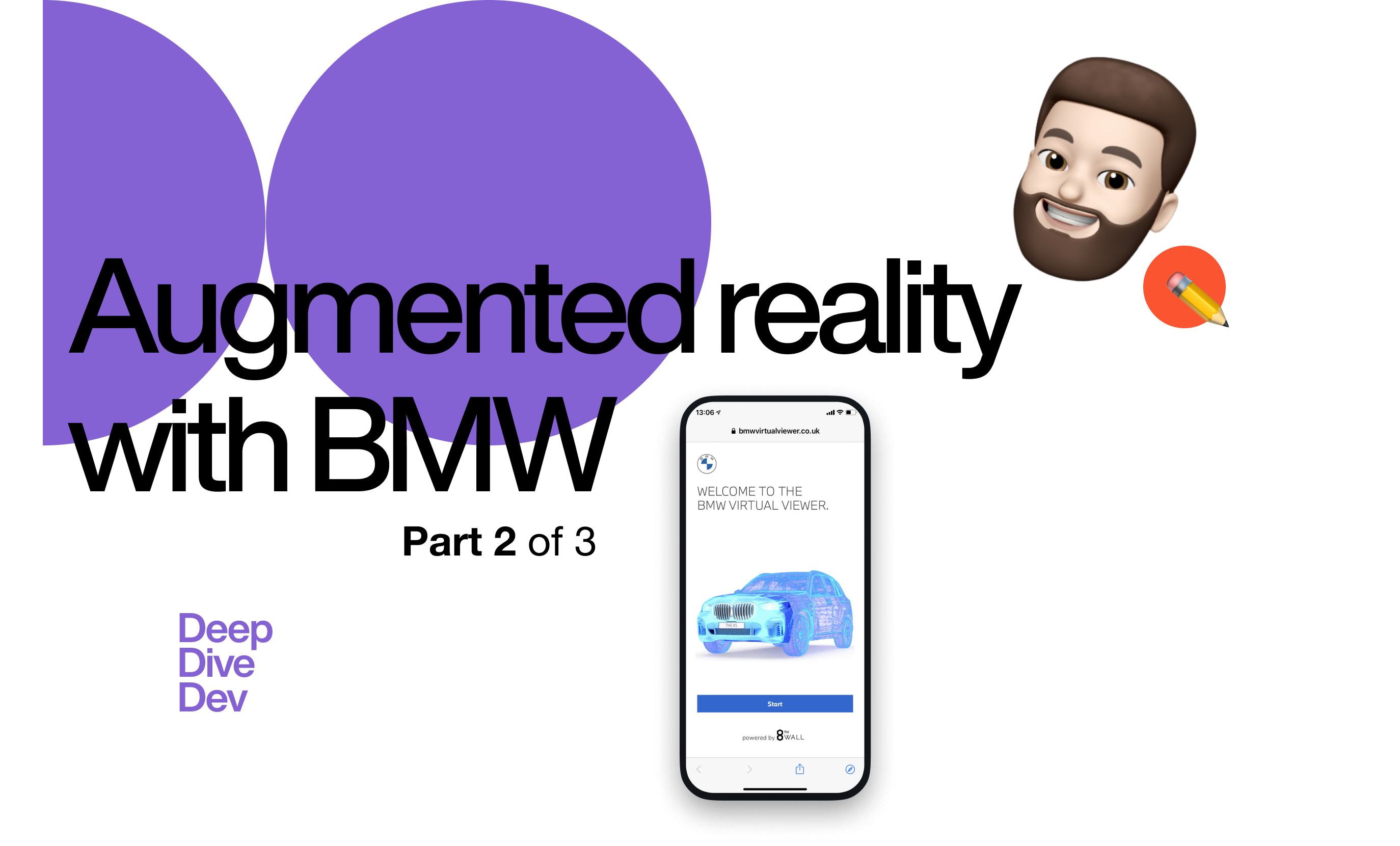Fast fashion comes with a huge environmental price tag. But style doesn’t have to cost the earth. LiveRobe, a new sustainable fashion marketplace app, has set out to change the way people shop for clothes. Here’s how we created the Hungarian startup’s minimum viable product and what’s yet to come.
Sustainability sets the trend
The cost of cheap is enormous. A recent report says that the textile industry produces more greenhouse gases than international shipping and air travel together. If things don’t change, the industry could use up a quarter of the world’s carbon budget by 2050. And the problem of waste is just as serious. In today’s fast fashion world, clothes often end up in the bin after a couple of wears, piling up in landfill sites all over the globe. In the UK alone, 235 million items were thrown away in 2017 and the average American dumps half their body weight in clothing each year.
LiveRobe was created to change all that. The startup, founded by Hungarian fashion entrepreneurs Nini Molnár and Ivett Angyal, grew out of a university project. Bringing their love for fashion and the environment together, the idea is to fight our throwaway culture by promoting second-hand purchases and talented new designers. In 2018, the pair secured their first round of investment from Hiventures, a state-owned venture capital company in Hungary. They partnered up with us to develop their minimum viable product to test the waters and choose the app features that truly create customer value.
What is a minimum viable product?
A minimum viable product (MVP) is a simplified but functional realization of a concept that can be interpreted fully with little to no explanation. As such, it has all the core features but none of the bells and whistles, and nice-to-haves. Imagine a cupcake without any icing and sprinkles, and there you have it.

Source: Henrik Kniberg
Now let’s get one more thing straight. Contrary to popular belief, an MVP is not a prototype but more like a concept test that helps you figure out where your customers find value. And where they don’t.
Why is this important? Startup postmortems show that 42% of new companies fail because there was simply no market need for their product. Been there, done that? So have we. The idea behind an MVP is to find out what users want and need early on. That is, before you pour piles of money into a project your target market cares nothing about.
When you create an MVP, you have to strip down the product to the bare minimum and then get it to market quickly, with a limited feature set. The aim is to test if the product solves the problem it wants to solve with the least resources and effort possible. And once you’ve proved your product works, you can start planning the next iteration. Listen to your early adopters, fix the weak points, scrap features and add new ones.
How we developed LiveRobe’s MVP
Before you build an MVP, you have to define your value proposition as clearly and narrowly as possible. This is probably the hardest part but also the most critical. Which features are necessary at this stage? How complex is their technical implementation? What brings the most value to customers? And to the business?
LiveRobe is a great concept but also a pretty complex one. The founders’ idea was to create a social wardrobe, where people can get personalized outfit ideas, follow influencers and up-and-coming small brands, and get fashion advice from the community. The free membership also comes with a mini webshop, where users can sell or exchange their unwanted clothes instead of chucking them out.
So how did we get started? First off, we organized workshops to get key insights from our client and we made a long list of possible features and functionalities together. We managed to narrow the concept down to two main goals, inspiration and sustainability, and grouped all the ideas around them. We also checked similar products on the market for benchmarking purposes. Then it was time to evaluate the potential features one by one, scoring them according to business value, customer value and the complexity of the task from a technology point of view. Only those features and functionalities made the final cut that were business-critical or created the most customer value, and were also feasible within the scope and budget of the MVP. At this point it’s very easy to get carried away but remember: the whole point of having an MVP is not to overbuild the product at such an early stage.
Take the picture upload feature, for example. The LiveRobe app would be useless if members couldn’t add pictures of their clothes to their profile. No one can argue with that. Which means that access to the user’s photo gallery is a must. But do we also need to connect the app to their smartphone camera? Does it make that much difference to the user? Nope. So we didn’t, saving a lot of time and money.
After the details have been agreed on, we created a clickable prototype that was tested with the client and a few target users. Feedback was positive and it wasn’t long until we could start the month-long UI design phase, arguably one of the most important parts of creating any mobile application.
Time and money were critical so when it came to the actual development of the MVP, we decided to go for serverless architecture. This, of course, has as many benefits as drawbacks. Serverless is very resource-efficient as the database is hosted by a third-party provider and the development process doesn’t have to start from scratch. At the same time, you can’t always do things the way you imagined.
Launch within 3 months
The MVP was launched in January and within just two weeks, 12,000 users signed up. Before long, as many as 5,000 items had been uploaded, 90% of which for selling purposes. LiveRobe received a lot of press coverage and influencer marketing also worked like a charm.
Of course, the MVP being an MVP, there were plenty of things to improve in the user experience area. The main challenge was communicating this to the users and making sure they understand that the app is far from a finished product. But the audience was great: they were enthusiastic about the product and gave us heaps of useful feedback. Not gonna lie, we had our hands full but rolled out an update every two weeks. The changes were mainly little things. But there were a lot of them. Step by step, we improved the app’s performance from the scrolling experience to picture uploads and gave some features, including user profiles and the app’s search functions, a little more love.
What’s next?
The key takeaway? The product works and there’s a clear demand for it. In other words, the MVP has validated that the idea’s worth evolving. So that’s what we’re working on now. We’re setting short- and long-term goals, and creating a roadmap for the product. For this, more research is needed. We set up in-depth user interviews with target groups, including fashion-conscious users, influencers and designers, run usability tests and do extensive market research. We also apply the so-called safari method: we visit second-hand stores to observe shoppers and identify what motivations and emotions are at play.
Smooth, seamless user experience is never out of fashion. Stay tuned to find out how we’ve expanded LiveRobe beyond MVP.






Have a look at our social media